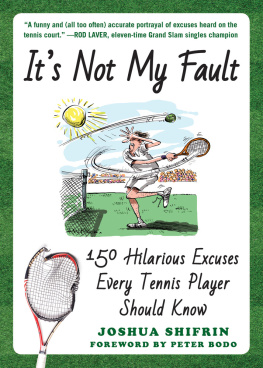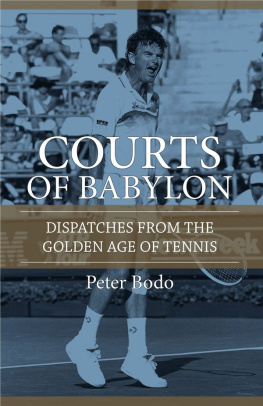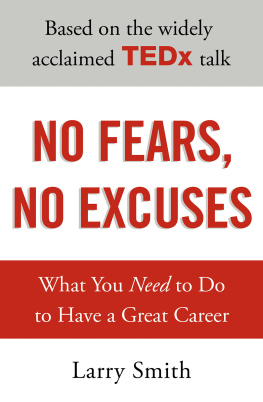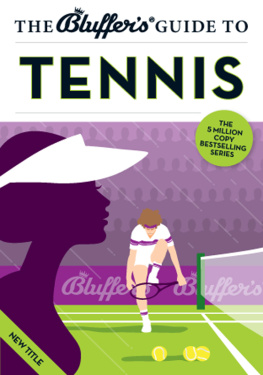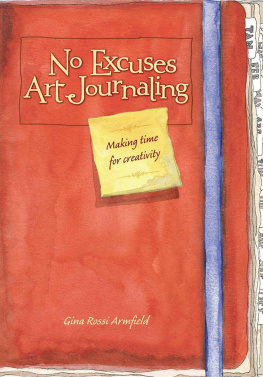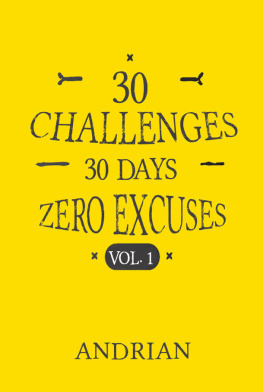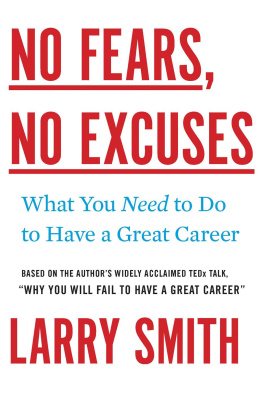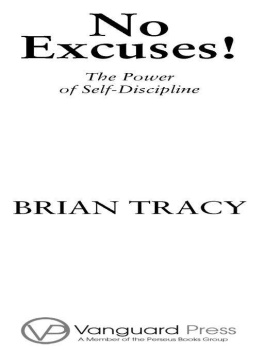
Copyright 2018 by Joshua Shifrin
Foreword 2018 by Peter Bodo
All rights reserved. No part of this book may be reproduced in any manner without the express written consent of the publisher, except in the case of brief excerpts in critical reviews or articles. All inquiries should be addressed to Skyhorse Publishing, 307 West 36th Street, 11th Floor, New York, NY 10018.
Skyhorse Publishing books may be purchased in bulk at special discounts for sales promotion, corporate gifts, fund-raising, or educational purposes. Special editions can also be created to specifications. For details, contact the Special Sales Department, Skyhorse Publishing, 307 West 36th Street, 11th Floor, New York, NY 10018 or .
Skyhorse and Skyhorse Publishing are registered trademarks of Skyhorse Publishing, Inc., a Delaware corporation.
Visit our website at www.skyhorsepublishing.com .
10 9 8 7 6 5 4 3 2 1
Library of Congress Cataloging-in-Publication Data is available on file.
Interior images by Ian Baker. Tennis ball images by iStock.
Cover design by Tom Lau
Cover illustration credit Ian Baker
ISBN: 978-1-5107-3053-3
Ebook ISBN: 978-1-5107-3054-0
Printed in China
To my tennis-loving son,
Gilad, and my sports-crazy son,
Idanyou are my everything!
Table of Contents
Acknowledgments
L ike any worthwhile endeavor, success is rarely achieved alone. And the completion of Its Not My Fault was clearly not an individual accomplishment. I would like to take this opportunity to thank several instrumental players that had key roles in helping me with this project.
First and foremost, I want to thank my father, David Shifrin. He helped me in countless ways, and I can honestly say that this book would not have been completed without his immense assistance. Thanks, Dad!
As always, I need to thank my wife, Maya, and my boys, Gilad and Idan, for putting up with my highs and lows while I wrote this book.
I would like to thank my good friend Adam Broder for his tremendous support of my writing.
And last, I want to thank my editor, Julie Ganz, who was right there with me every step of the way.
Thank you to everyone who helped me along this journey.
Foreword
T ennis is a game chock full of traditions. You raise your hand in good-natured apology after winning a point with the aid of the net cord. No matter how bitter a defeat, you trudge to the net after the match ends and shake hands. If your opponent calls a ball out and you feel it was good, you can ask, Are you sure? but thats it. You dont argue, insist, or take a swing at the guy.
The traditions extend to spectators at tournaments, too. You dont cheer a players errors. You only move about the arena during odd-game changeovers. You refrain from crying out or otherwise disrupting a point while the ball is in play.
You know the refrain, Silence, please.
At Wimbledon, you must wear predominantly white if you have aspirations to set foot on a court. At the US Open, you do the Funky Chicken dance if the camera happens to light on you during a changeover and projects your image on the Jumbotron. If youre local at the Australian Open and someone yells out, Aussie, Aussie, Aussie, you are morally obliged to shout back, Oi, oi, oi.
Traditions, traditions, traditions.
Some of these habits and behaviors are held more dear than others, but none has the sheer universality and popularity of simple excuse making. Tennis players, it seems, have an excuse ready for any loss, whether its personal or one suffered by a hero.
I lost to my cousin Herman yesterday because they put too much caramel in the part-skim no-foam double-shot caramel macchiato I had shortly before we played. Rafael Nadal lost to Roger Federer because a ballboy gave Rafa the wrong ball to serve at a critical break point.
Excuses.
Josh Shifrin has examined them, collected them, pondered them, and undoubtedly used them, liberally and shamelessly, in his woebegone career as a tennis hacker. Thats what makes this little book so valuable, such a worthy addition to the tennis bookshelf in your home or local library. Think of Its Not My Fault as a tennis players version of The Joy of Cookin g ; its indispensable, at least if you hope to continue skating through life imagining that you can actually play this game.
In addition to compiling a vast rogues gallery of shameless, pathetic excuses for poor tennis play (along with some very reasonable ones), Shifrin has also unearthed some marvelous, delusional, or simply weird statistics and anecdotes involving the top pro players.
For example, when contemplating the delicious excuse I was just too inconsistent, Shifrin reminds us that this excuse wont always fly. At least it didnt for Grand Slam champion Yevgeny Kafelnikov. The Russian former star holds the record for the most unforced errors at a Grand Slam singles match with the 112 he accumulated during his 2000 French Open clash with Fernando Vicente. The fly in the ointment: Kafelnikov never got to employ the excuse because... he won the match.
Some people, Shifrin writes, will try to blame a loss on the fact that there were actually people watching the match. And Lord knows, that can be nerve-racking. So how do you explain the fact that Li Na defeated Francesca Schiavone to win the 2011 French Open final with 116 million of Lis fellow Chinese looking onand a global audience later estimated at 330 million viewers?
Breaking a string during a match and having to default because you dont have a backup racket is a boneheaded move, especially if it happens early in your $60 per hour, prime-time hour at the indoor courts. Now imagine how stupid Goran Ivanisevic felt when he was defaulted from a match in the 2000 Samsung Open when he ran out of strung rackets during his match with Hjung-Taik Lee. Ivanisevic was defaulted for not having appropriate equipment.
There you have it. I dont know about you, but Ive always enjoyed books that deal in the trivia and minutiae of the game. Sometimes, you just dont feel up to reading verbose, colorful paeans to the gods of tennis and their dramatic exploits. Sometimes, a little lighter fare is in order. Sometimes, its good to just come across a little-known fact, or to recognize yourself in a thumbnail sketch, and sit back and laugh.
This book is there for you at those times.
Peter Bodo, October 2017
Introduction
I love tennis! I love everything about the sport. From watching the pros play at the highest level, to reading books and articles, to discussing the game with my friends. But like most of us, I would have to say that my favorite part of tennis is grabbing my racket, lacing up my sneakers, and actually hitting that little, yellow, fuzzy ball back and forth across the net.
Its all just so exhilarating. The physical exertion. The mental focus. And at the end of the match, is there anything better than walking away victorious?! Basking in the thrill of victory after a hard-fought match is simply a high like no other.
But wait just a gosh darn minute! What about the other side of the coin? I cant even bear to say it... let alone think it. Dare you say, What happens when one loses a match? That lowest of lows. What has aptly been called the Agony of Defeat.
Well, for all of you weekend warriors who have surely tasted that most bitter of pills, there is finally a solution to your misery. For in Its Not My Fault , I am here to let you know that a painful loss is made much more tolerable with the simple knowledge that... as the late Robin Williams so sensitively told Matt Damon in Good Will Hunting , Its not your fault.
Surely losing in tennis couldnt be due to the fact that your backhand is lousy. Or because you double-faulted over and over again. And of course the fact that youre thirty pounds overweight couldnt possibly be the reason why your opponent used you to dust up the court. Impossible!!!
Next page
